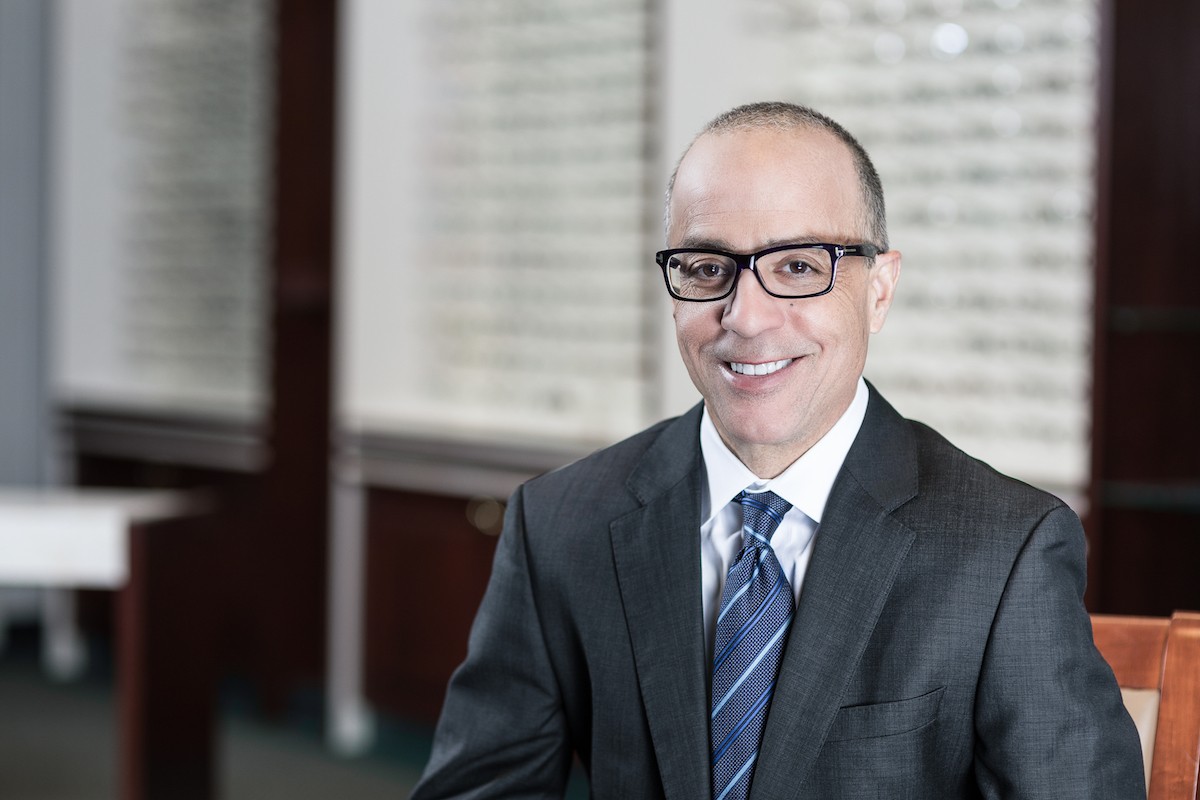
This year, COA President, Dr. Derick, celebrates 20 years at COA. In honor of this milestone, we sat down with him to reflect on his career, training, and his past two decades working at COA.
After completing your ophthalmology training at The Havener Eye Institute, you went on to complete a fellowship in glaucoma at The Wilmer Eye Institute at John Hopkins. What was it like being with world renowned surgeons in such a prestigious program?
I had a great experience working alongside four world renowned glaucoma specialists as well as interacting with giants in other fields of ophthalmology. Not only did they teach me current best practices, but they also taught me a method I still use today to critically evaluate new technologies and research.
After, you returned to Ohio State’s glaucoma department and helped train ophthalmology residents, performed clinical research, and specialized in glaucoma treatment. What attracted you to become a specialist in this particular area?
Paul Weber was the head of the glaucoma department and also became Chairman at OSU. He made a big impact on my decision. He is a superb clinician and a gentleman who treats his patients with the utmost respect and compassion.
Who were the mentors and surgeons who inspired you throughout your years of training and while in practice?
I had great training at OSU with some of the top surgeons in their respective fields. When I was recruited to come back and join the faculty after Wilmer, I jumped at the chance and was flattered to be included in such a great team of physicians.
In 2000, you left academic medicine to join COA. How is private practice different from being at an eye institute and training center?
I am able to concentrate on my primary love of medicine—patient care. I was able to focus on cutting-edge techniques to help patients with glaucoma.
What changes in glaucoma treatment have been most valuable to help you preserve patients’ vision?
Over the last 5 years, our patients have benefited from the emergence of many minimally invasive procedures to treat glaucoma. These reduce side effects, cost, and inconvenience of medication while enhancing the control of glaucoma.
As President of COA, you have been challenged with COVID and its effects on medical care. What changes do you foresee will occur as a result of the pandemic?
We are in a new era of health care without a doubt. We adopted many measures under CDC and our academies’ guidelines to safely reopen after the spring shutdown. We implemented measures such as mask wearing, installing plexiglass shields, limiting the amount of people in our waiting rooms, reducing patient movement in our clinic, placing hand sanitizing stations, ensuring rigorous room and equipment sterilizations, as well as performing temperature checks on all patients and staff. I anticipate many of these guidelines will persist long after we get a COVID vaccine.
Twenty years later after you decided to leave the academic world, what gives you the most satisfaction about being in private practice?
I am able to concentrate more on patient care. It is great to work as part of the COA team where our whole staff is invested in helping people regain or preserve eyesight. We take our mission seriously and it is very rewarding to be able to experience a patient’s joy after a vision-preserving or -restoring procedure.



